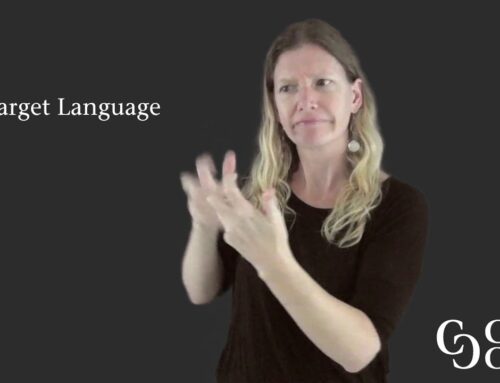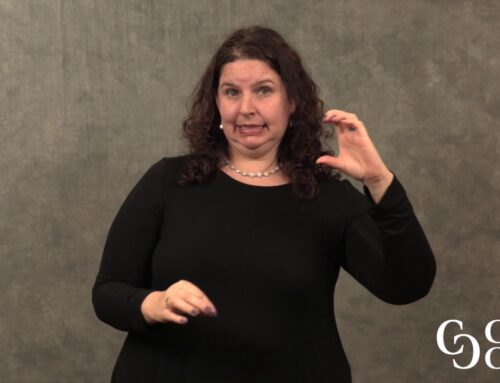Competencies Addressed
- spatial structuring/discourse mapping
- depiction in ASL
- semantic equivalence
- cultural competency
- Taylor – Major Features
- Major Feature: Use of Space
- Key Skill 5.1: Structure space accurately in relation to the environment that is referred to in the communication event (p. 131)
- Key Skill 5.2: Use referencing accurately when the referent is not present (p. 134)
- Key Skill 5.4: Use accurate spatial agreement (p. 141)
- Key Skill 5.6: Use accurate non-manual signals when structuring space (p. 146)
- Major Feature: Grammar
- Key Skill 6.4: Use prominalization in dialogue accurately(p. 171)
- Major Feature: Interpreting
- Key Skill 7.5: Reflect the speaker’s attitudes, preferences and emotions accurately
- Major Feature: Use of Space
Time Required for Activity: 30-45 mins (You can add a day’s pause between Step 5 & 6 to add some desirable difficulty.)
Objective(s):
Interpreters will:
- Use space correctly when referent is not present.
- Use space correctly when referencing more than one person.
- Use space correctly when interpreting reported speech (conversations).
- Accurately convey the speaker’s tone and affect.
Reference
Taylor, M. (2017) Interpretation Skills: English to American Sign Language. Edmonton: Interpreting Consolidated.





